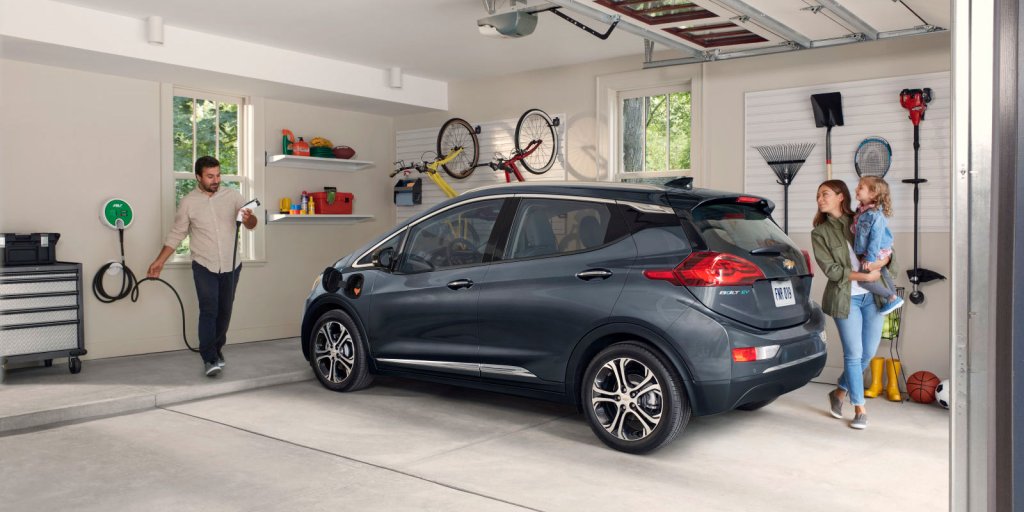
Building codes are a labyrinth of national, state, and municipal rules. While California since 2015 has required new homes to have the necessary conduit and service-panel capacity for EV-charging, guidelines in the rest of the country are spotty. That could soon be fixed because the International Code Council (ICC) – which provides widely adopted best practices and standards for construction – approved putting EV-readiness in its latest guidelines.
The new guidelines equate to a ready-made, consistent national approach for EV-charging capabilities for new homes and apartment buildings.
While all states follow the principles outlined by the ICC’s building codes, the provisions are voluntary until incorporated into state or local laws. Quartz reports that about half of US states are expected to adopt the ICC’s new EV-readiness requirements.
Forward-looking municipalities – notably Atlanta, Denver, Palo Alto, and Seattle – already have EV-friendly construction codes in place.
Estimates for the cost of compliance for a newly constructed home vary widely from less than $100 to nearly $1,000.
A 2016 study pegged the price in San Francisco to be $920 (for a building with 10 parking spaces). But that’s significantly less than adding charging capabilities after the fact. The same research indicates that retrofitting sites by expanding electrical panels and adding wiring, could cost as much as $3,550.
The ICC explains, “The proposed code [now adopted] will allow current and future EV-owners to avoid the cost of electrical equipment upgrades, demolition, and permitting for future retrofits.â€
Here are the new definitions:
- ELECTRIC VEHICLE SUPPLY EQUIPMENT (EVSE). The conductors, including the ungrounded, grounded, and equipment grounding conductors, and the Electric Vehicle connectors, attachment plugs, and all other fittings, devices, power outlets, or apparatus installed specifically for the purpose of transferring energy between the premises wiring and the Electric Vehicle.
- EV CAPABLE SPACE. Electrical panel capacity and space to support a minimum 40-ampere, 208/240-volt branch circuit for each EV parking space, and the installation of raceways, both underground and surface mounted, to support the EVSE.
- EV READY SPACE. A designated parking space which is provided with one 40-ampere, 208/240-volt dedicated branch circuit for EVSE servicing Electric Vehicles. The circuit shall terminate in a suitable termination point such as a receptacle, junction box, or an EVSE, and be located in close proximity to the proposed location of the EV parking spaces.
While builders will make sure that there’s access to a 240-volt supply, it’s up to owners or tenants to buy and install the charging equipment.
The ICC says there will need to be 9.6 million new EV charging ports by 2030, with nearly 80% located in single and multi-family residential buildings. As any EV driver knows, home is where the vast majority of electric-car charging takes place.
Source: International Code Council calls for all new homes to be ready for 240-volt EV charging
Tags: #Anode, #Battery, #Carbon, #CES, #Demand, #Electric, #graphite, #High-Grade, #Imerys, #Ion, #Quebec, #VRIC, EV